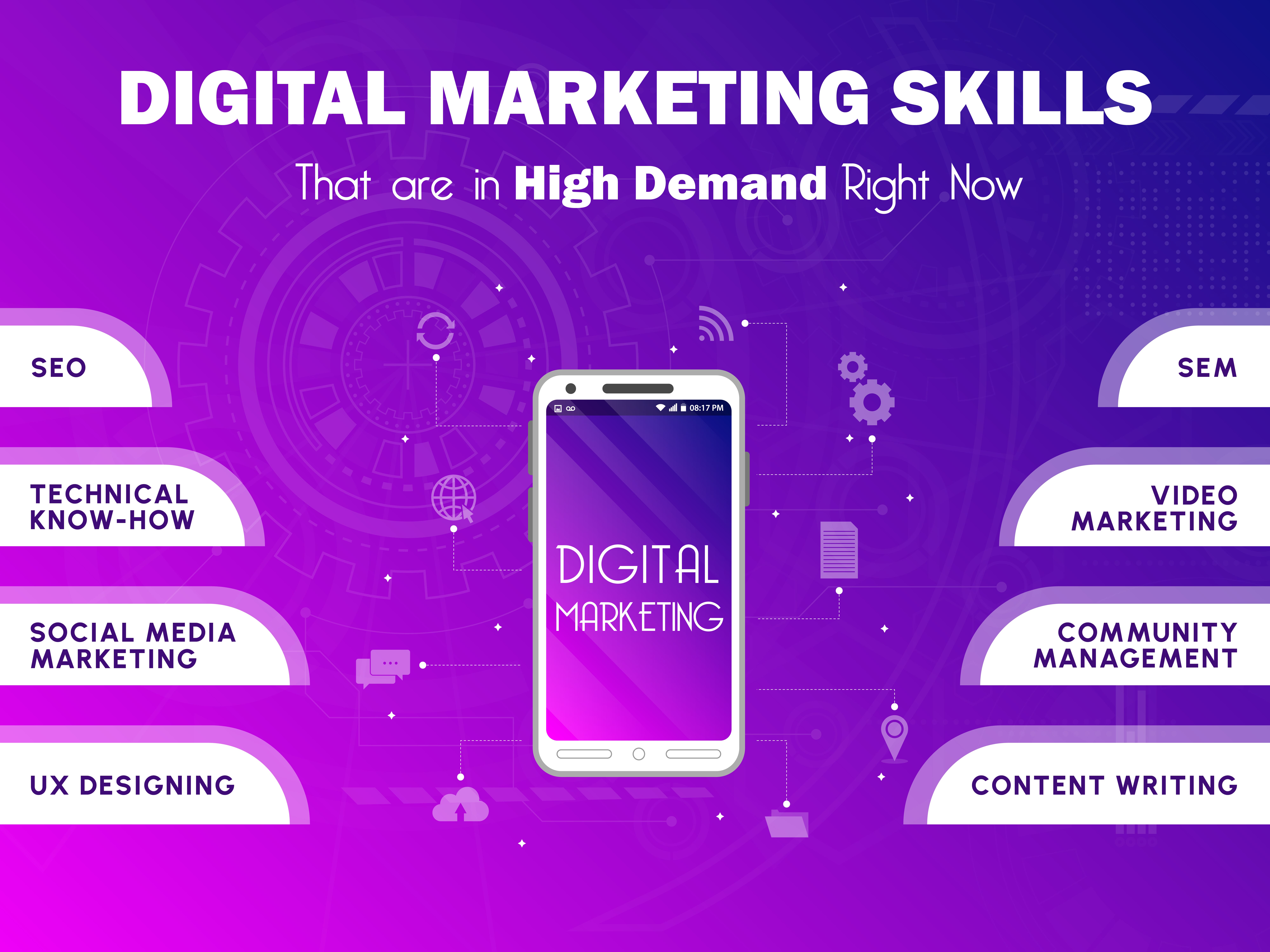Query Form
Query Form
The Ultimate Guide to Crafting Stunning Websites: Best Practices in Web Design and Development

#1. What is The Ultimate Guide to Crafting Stunning Websites: Best Practices in Web Design and Development
A website acts as the online persona of a company, brand, or individual in the current digital era. Since a website is sometimes the first time a potential consumer interacts with your goods, it is crucial to make it both aesthetically pleasing and easy to use. We will explore the best practices in web design and development in this comprehensive guide, which will assist you in creating a website that is both aesthetically pleasing and useful while also satisfying the demands of your target audience.
1. Understanding the Importance of Web Design
Web design is a combination of art and science that aims to improve user experience (UX) and goes beyond just aesthetics. A well-designed website increases conversion rates, builds trust, and entices users to remain longer. For the following main reasons, web design is essential:
- First Impressions Matter: A well-designed website creates a positive first impression, which can lead to increased trust and credibility.
- User Experience: Good web design ensures easy navigation, accessibility, and a seamless experience, which keeps visitors engaged.
- Brand Identity: Your website reflects your brand’s personality and values. Consistent design elements reinforce brand recognition.
- SEO Benefits: A user-friendly website can improve search engine rankings, driving more organic traffic.
2. Key Principles of Web Design
To create stunning websites, it is essential to follow some fundamental design principles:
- Simplicity: Design simplicity improves usability. Visitors may become overwhelmed and leave an overly busy website. Pay attention to neat design, easy navigation, and succinct text.
- Consistency: Make sure the website has a unified appearance and feel. Color schemes, typefaces, button styles, and artwork are all included in this. Maintaining consistency makes navigation easier and fosters familiarity.
- Visual Hierarchy: Create a distinct visual hierarchy to direct visitors' focus. To draw attention to important components like headings calls to action (CTAs), and important information, use size, color, and spacing.
- Typography: Select readable typefaces that complement your brand. Make sure there is enough contrast between the text and backdrop, and stick to using no more than two or three fonts.
- Color Theory: Colors evoke emotions and influence behavior. Use a cohesive color palette that reflects your brand and resonates with your audience. Tools like Adobe Color can help you create harmonious color schemes.
3. Essential Elements of Web Design
A stunning website incorporates various elements that enhance its functionality and aesthetics:
- Navigation: The user experience depends on efficient navigation. Create a logical hierarchy and provide menu items with clear, informative labels. If you want to keep key links visible while users scroll, think about adding a sticky navigation bar.
- Responsive Design: The growing use of mobile devices necessitates responsive design. A responsive website ensures the best possible viewing experience on all devices by adjusting to various screen sizes and orientations.
- High-Quality Images: Web design heavily relies on visual content. Make use of top-notch photos that complement your writing. Think about enhancing photos to load more quickly without compromising quality.
- High-Quality Images: Web design heavily relies on visual content. Make use of top-notch photos that complement your writing. Think about enhancing photos to load more quickly without compromising quality.
- Whitespace: The space between design elements is known as whitespace or negative space. It avoids clutter and improves readability. Make strategic use of whitespace to draw attention to key material and establish a balanced layout.
- Calls to Action (CTAs): CTAs direct users to desired activities, like buying something or subscribing to a newsletter. Make sure CTAs are positioned thoughtfully around the website and are visually different, and use text that is clear and appealing.
4. The Role of Web Development
While web design focuses on aesthetics and user experience, web development involves the technical aspects of building a website. Here are some critical components of web development:
- Front-End Development: The visual components of a website that users interact with are the focus of front-end development. To produce responsive layouts, animations, and interactivity, HTML, CSS, and JavaScript are used.
- Back-End Development: Databases, server configurations, and application logic are examples of server-side functionality that is the focus of back-end development. Ruby, Python, and PHP are popular back-end languages.
- Content Management Systems (CMS): A CMS makes managing a website easier by enabling non-technical users to generate, update, and publish information. The CMS platforms Drupal, Joomla, and WordPress are well-known.
- SEO Optimization: To raise search engine rankings, SEO best practices must be incorporated throughout the development process. This entails putting schema markup into practice and optimizing URLs, page titles, and meta descriptions.
5. Best Practices for Web Development
To ensure a successful web development process, consider the following best practices:
- Plan and Wireframe: Before diving into development, plan your website’s structure and layout. Create wireframes to visualize the arrangement of elements, ensuring a logical flow of information.
- Optimize for Speed: Website speed is crucial for user experience and SEO. Optimize images, minify CSS and JavaScript files, and leverage browser caching to improve loading times.
- Ensure Security: Implement security measures to protect your website and users’ data. Use HTTPS, keep software up to date, and regularly back up your website to prevent data loss.
- Test and Debug: Thoroughly test your website across different browsers and devices to identify and fix any issues. Pay attention to responsiveness, functionality, and load times.
6. The Importance of Content
While design and development are crucial, content is the backbone of any website. Compelling content engages visitors, conveys your message, and encourages conversions. Here are some tips for creating effective website content:
- Know Your Audience: Understand your target audience’s needs, preferences, and pain points. Tailor your content to address these factors, providing value and solutions.
- Use Clear and Concise Language: Keep your language simple and direct. Avoid jargon and complex terminology that may confuse readers. Break content into digestible sections with headings and bullet points.
- Incorporate Visuals: Enhance your content with relevant images, videos, and infographics. Visuals can simplify complex information and keep readers engaged.
- Optimize for SEO: Incorporate relevant keywords naturally throughout your content. Optimize headings, meta descriptions, and alt tags for images to improve search visibility.
- Include Internal and External Links: Use internal links to guide users to related content within your website. External links to reputable sources can enhance your credibility and provide additional value to readers.
7. User Experience and Accessibility
Creating a stunning website involves considering user experience (UX) and accessibility. Ensuring your website is accessible to all users, including those with disabilities, is essential for inclusivity and compliance. Here are some best practices:
- Use Alt Text for Images: Provide descriptive alt text for all images, allowing screen readers to convey the content to visually impaired users.
- Ensure Keyboard Navigation: Design your website so that it can be navigated using a keyboard alone. This is crucial for users with mobility impairments who may not use a mouse.
- Maintain Color Contrast: Ensure sufficient contrast between text and background colors to enhance readability for users with visual impairments.
- Test for Accessibility: Use tools like WAVE or Axe to evaluate your website’s accessibility and identify areas for improvement.
Conclusion
Crafting stunning websites requires a harmonious blend of design, development, content, and user experience. By following the best practices outlined in this guide, you can create a visually appealing, functional, and user-friendly website that stands out in the digital landscape. Remember that the process doesn’t end at launch; continuous monitoring, testing, and updating are vital to keeping your website relevant and effective.
Whether you’re a business owner, marketer, or aspiring web designer, understanding these principles will empower you to create websites that captivate your audience and drive success. Start your journey today and transform your online presence!
Query Form
Follow Up on Social Media for Daily New Search Engine Update
Subscribe to Get the Latest Updates on the Search Engine World and How We Can Help Your Business
Note: Please enter a valid email id
Let’s Get to Talkin’
Support
Mail us for:
Complaint/Suggestion
Call Us
+91 9992229755
+91 98759 29761
Our Trusted Partners



Useful link:























